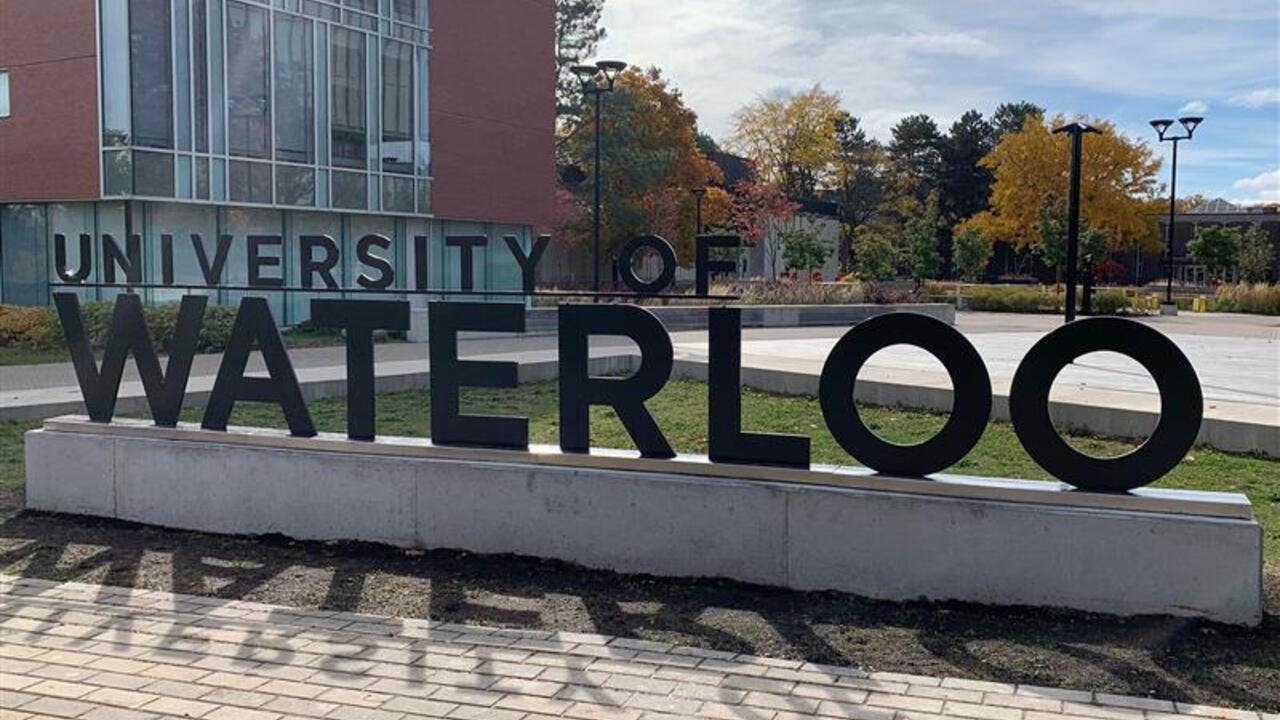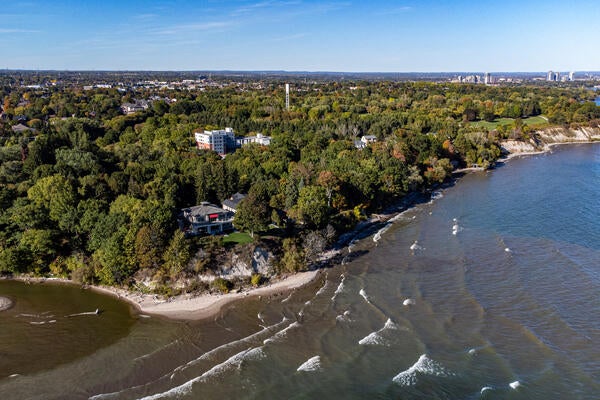
National survey shows most Canadians in high-risk areas for floods unaware
Nearly all Canadians living in high-risk flood areas not only don’t know it, but are increasingly paying out of pocket for damage

Nearly all Canadians living in high-risk flood areas not only don’t know it, but are increasingly paying out of pocket for damage
By Media RelationsResearchers at the Interdisciplinary Centre on Climate Change and the Partners for Action research network at the University of Waterloo surveyed 2,300 homeowners who live in communities that the Government of Canada’s Flood Damage Reduction Program designated as flood-risk areas.
The study found that 94 percent of respondents are unaware of their risk and don’t know that recent government policy changes puts the onus on homeowners to insure their homes.
“Canadians pay $600 million out of pocket for flood damage every year,” said Jason Thistlethwaite, a professor at Waterloo. “With disaster-assistance costs expected to double over the next five years, homeowners can’t afford to remain in the dark about their options and responsibilities.
More than half of property owners agreed that they should be responsible for protecting their homes, but few have acted to protect their own properties through measures, such as sump pumps and water-resistant materials in basements. Contrary to climate change projections, even fewer believe that the risk of flooding will increase over the next 25 years.
“Property owners deserve to know what a flood could mean for their families and homes to be empowered to act,” said Shawna Peddle, director of Partners for Action, based in Waterloo’s Faculty of Environment. “Governments and stakeholders, such as realtors and insurers, must meet homeowner demand for more information.”
The survey respondents overwhelmingly support the idea of policy changes that could substantially improve awareness of flood risk and agree that flood maps should be made publicly available.
The report was supported by Social Sciences and Humanities Research Council of Canada (SSHRC), Marine Environmental Observation Prediction and Response (MEOPAR) and International Development Research Centre (IDRC).

Canada's coasts face increasing flooding and erosion with climate change.
Read more
Canada must act to protect the longest marine and freshwater coastlines in the world from the surge of climate change

Read more
Waterloo researchers are helping shape the next global scientific assessment that will guide world leaders from climate promises to action

The authors of a new study examined the U.S. economy and estimates of the use of artificial intelligence in industry to determine the environmental impact of AI adoption. (Illustration generated by Gemini/Google on November 10, 2025.)
Read more
Energy consumption in the U.S. shifts perception of the environmental risks of AI
The University of Waterloo acknowledges that much of our work takes place on the traditional territory of the Neutral, Anishinaabeg, and Haudenosaunee peoples. Our main campus is situated on the Haldimand Tract, the land granted to the Six Nations that includes six miles on each side of the Grand River. Our active work toward reconciliation takes place across our campuses through research, learning, teaching, and community building, and is co-ordinated within the Office of Indigenous Relations.